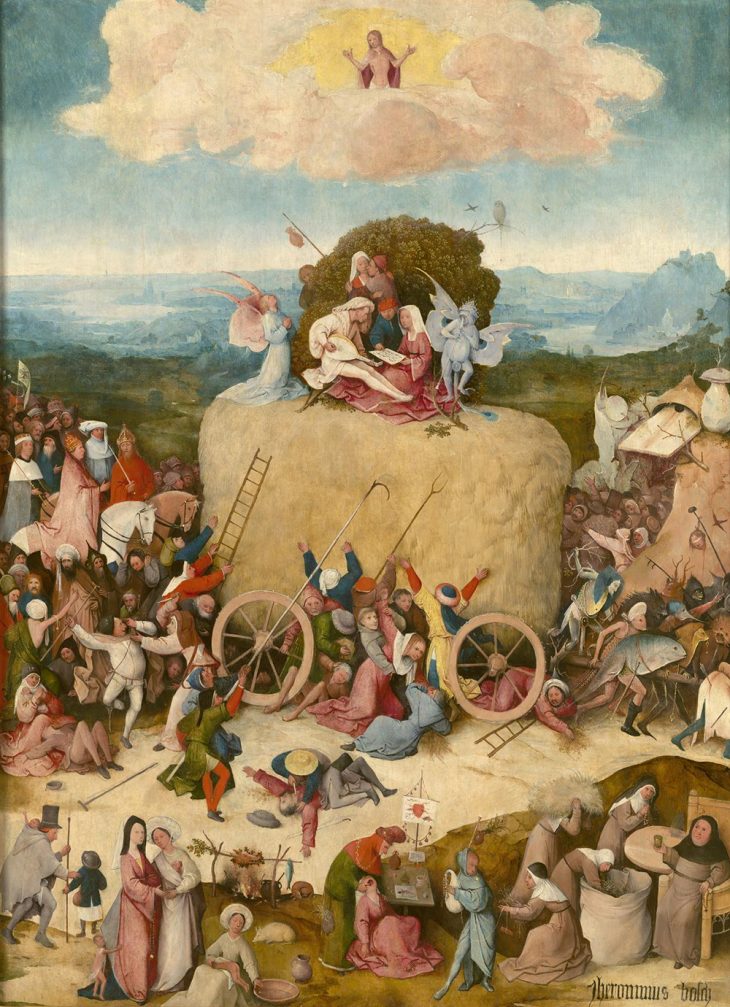Allegory
Techniques. Resources. Creative Processes. Genres
We could make this publication thanks to small donations. How is 3 minutos de arte supported?
Allegory
Allegory means “to speak figuratively.”
Its objective is to represent a concept, an idea, so that it can be better understood.
For the “visualization” of this idea, allegory uses figures with a symbolic, metaphorical meaning, which can be a human or an animal figure or everyday objects.
Sometimes it is a single, simple concept, such as “Justice” —a blindfolded woman with a scale, which represents impartiality, objectivity— or Freedom, or Death.
An allegory can be the symbolism of a more complex idea, for which it can use many metaphorical resources, and can even be an entire work.
For clarity’s sake: it is essential not to confuse allegorical painting with Surrealist painting. It is a very common confusion although the difference is clear. We should take into account the creative process: when the image is consciously placed to give a symbolic meaning, it is an allegory. If the image emerges when the artist frees himself from reason and lets his subconscious emerge (which surely will have a symbolic meaning, but not sought or put there on purpose), then that is Surrealism.
For example, the Surrealists invited Frida Kahlo to be part of their movement, but the “strange” images we see in her paintings are usually allegories of her suffering and love.
This painting shows an allegory that represents a whole idea. Moreover, it is said to be the recreation of a Flemish proverb which refers to earthly riches and pleasures: “The world is like a haywain, and each man takes what he can.”
Hieronymus Bosch —a moralist and religious genius— is the author of this work where society is represented —the people, royalty, nobles, military, clergy— trying to greedily take their share of the hay bale. It is easy for some of them, and others must fight, trample, murder.
Spiritual misery of a society that will be judged and will end up in hell. The hell is represented in another table of the triptych, at the right of this one.
Image: The Haywain Triptych (central panel), 1512-1515. Hieronymus Bosch.
Recommended links:
The Garden of Earthly Delights (1490-1500).
You can also find more material using the search engine.




0 Comments